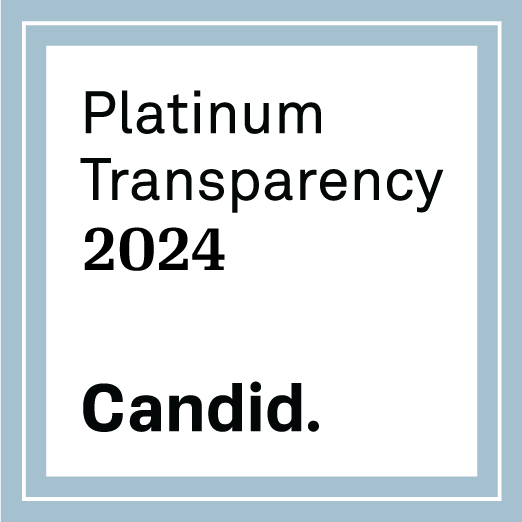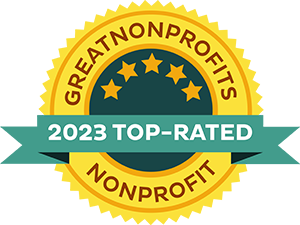Laying the Foundation for Effective Disaster Relief Volunteers
August 12, 2020
All Hands and Hearts has 15 years of experience serving communities around the world affected by disasters. By living in and working alongside these communities, we have identified the most effective way for us to support recovery efforts is a long-term investment in resilient infrastructure.
Our work accelerates progress towards Sustainable Development Goals 4 (Quality Education), 6 (Clean Water and Sanitation) and 11 (Sustainable Cities and Communities), and our volunteers play a critical role in addressing global challenges. We believe critical infrastructure such as schools must be rebuilt or retrofitted to mitigate against risks when future disasters strike.
We have a proven track record of impact through partnerships with governments, NGOs and corporate partners. And, we take our learnings from previous Disaster Risk Reduction programs in Nepal, Dominica and Mexico to build back stronger in affected communities in Peru, Mozambique, the Philippines and other countries.
Our Team
The Project Development Team (PDT) is instrumental in laying the foundation for effective disaster relief volunteers on our international recovery programs. The PDT consists of dedicated and technical staff who liaise with local community members and governments to maximize the impact of our work. This team of engineers, architects and operations personnel have extensive relief work experience and expertise in disaster-resilient designs and building codes so we can build schools quickly and use donor funding efficiently. Through a community-led process, the PDT carries out four phases of work over 3-6 months before we open volunteer programs.
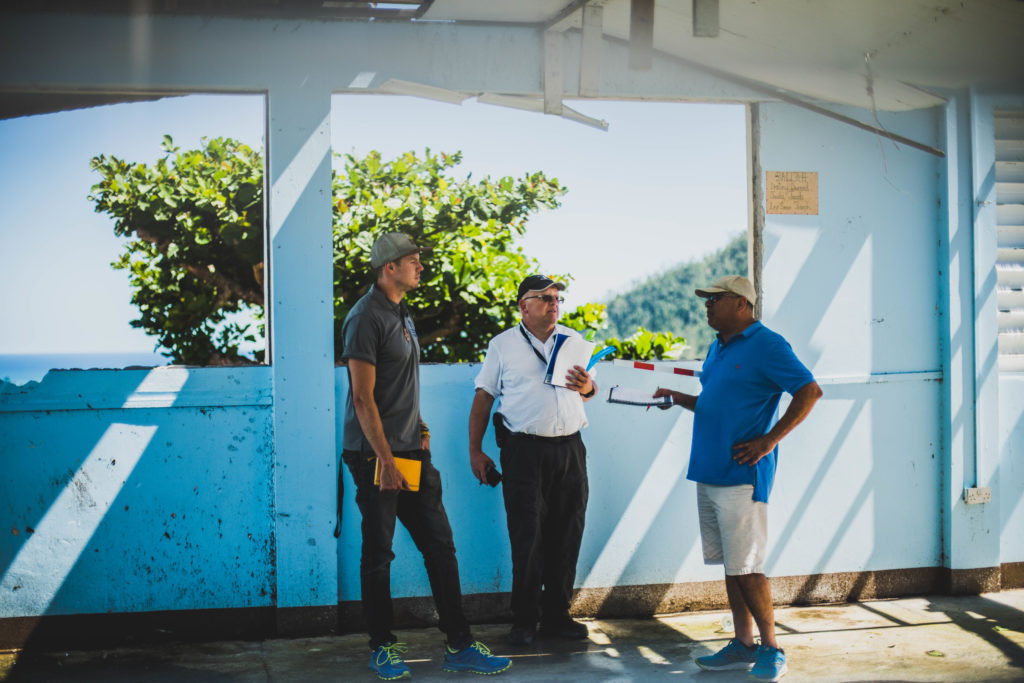
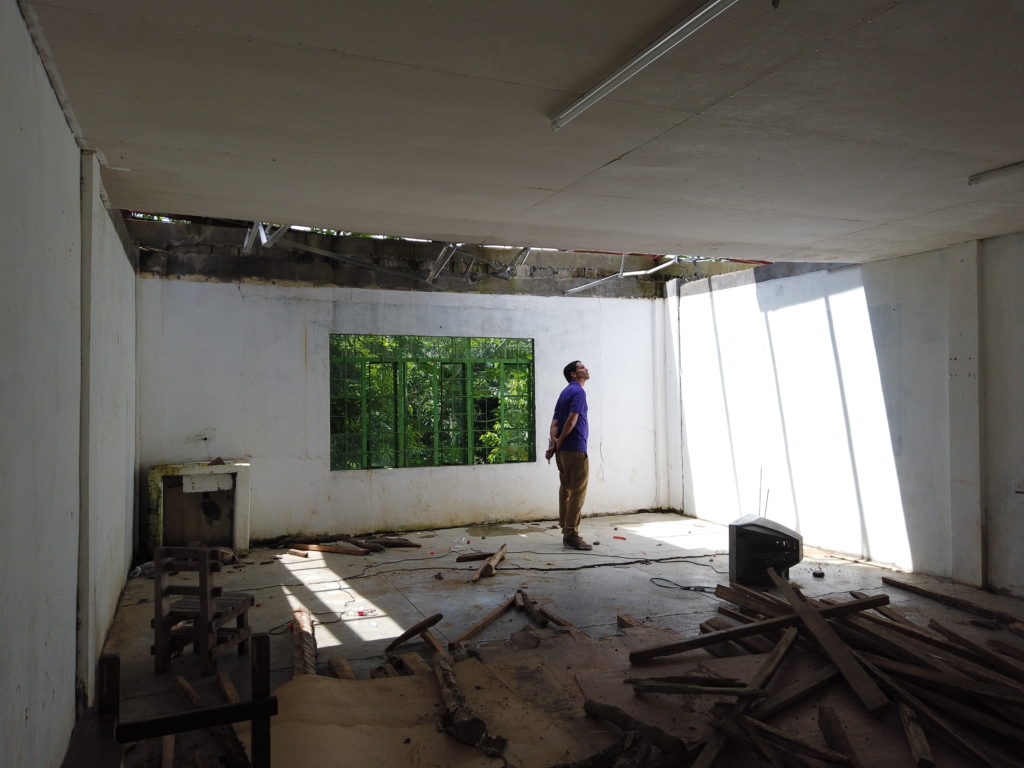
“THE PROJECT DEVELOPMENT TEAM ARE OFTEN THE FIRST PEOPLE ON THE GROUND. THROUGH THEIR PASSION AND MOTIVATION, THEY CAN TRANSLATE THE NEED OF LOCAL COMMUNITIES TO THE REST OF THE ORGANIZATION AND BEYOND.”
– Lucia Strakova, Project Development Recovery Manager

Phase I: Initial Assessments and Program Concept
In Phase I, the PDT travels to disaster-stricken areas and carries out an extensive assessment of damages. This process varies depending on existing government involvement. In Mexico after the 2017 earthquakes, for example, the government carried out assessments and tabulated all of the data across the country. Using their list of disaster-affected schools, the PDT assessed damages to individual schools and the impact on the local community. In general, some criteria the team uses include whether a new school is required or whether the community has an alternate arrangement for reconstruction. The team also examines access and safety for potential future volunteers.
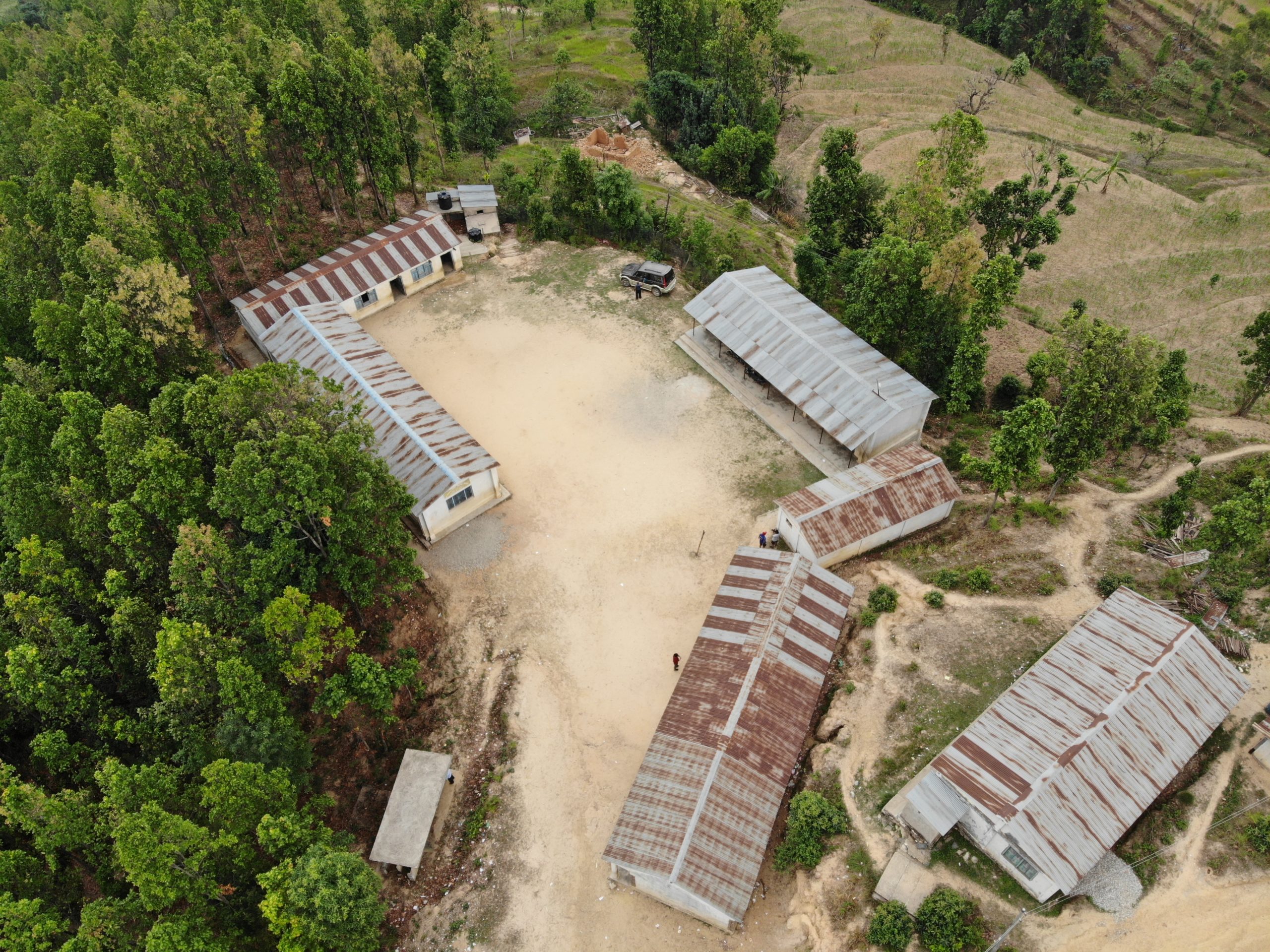
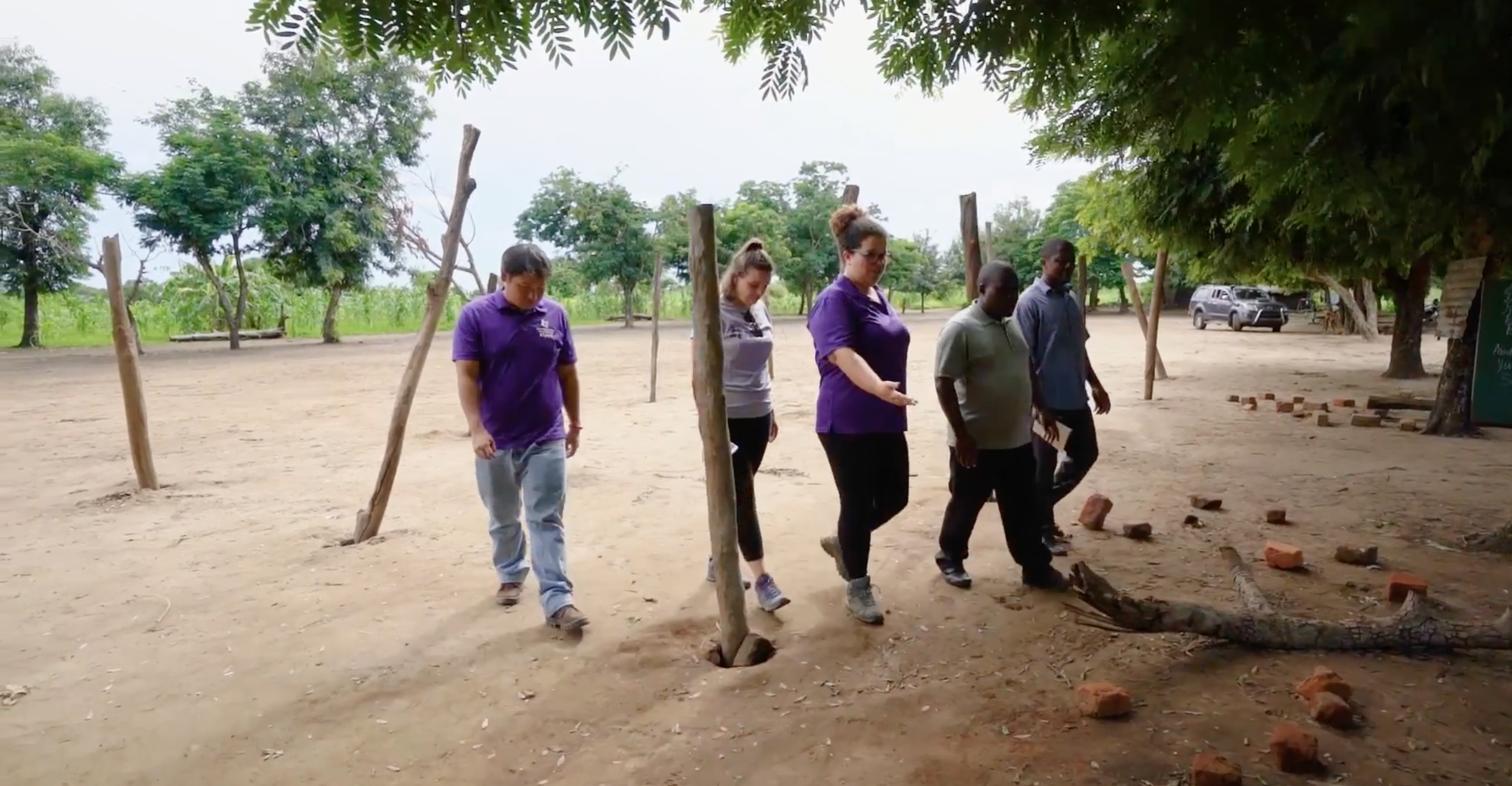
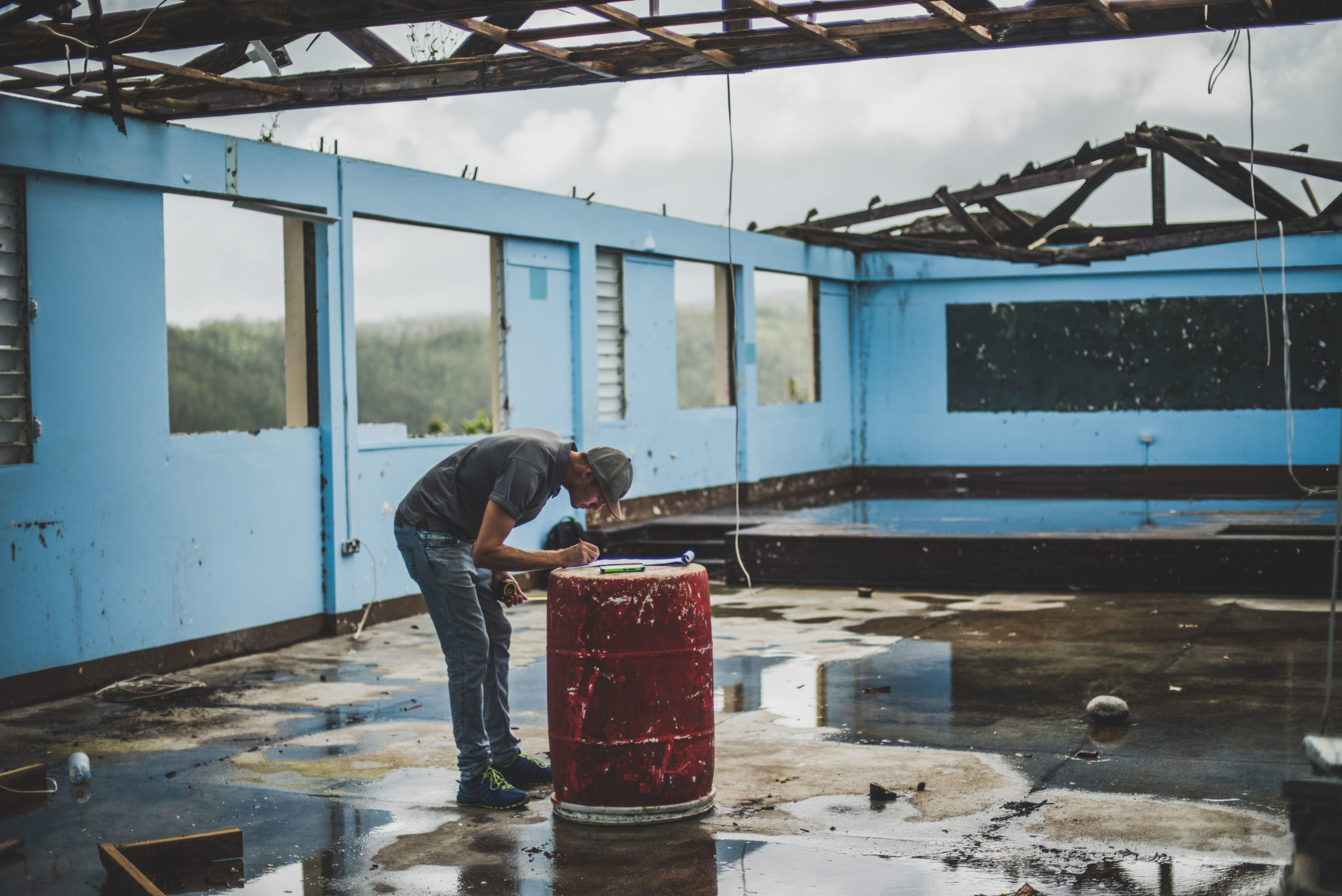
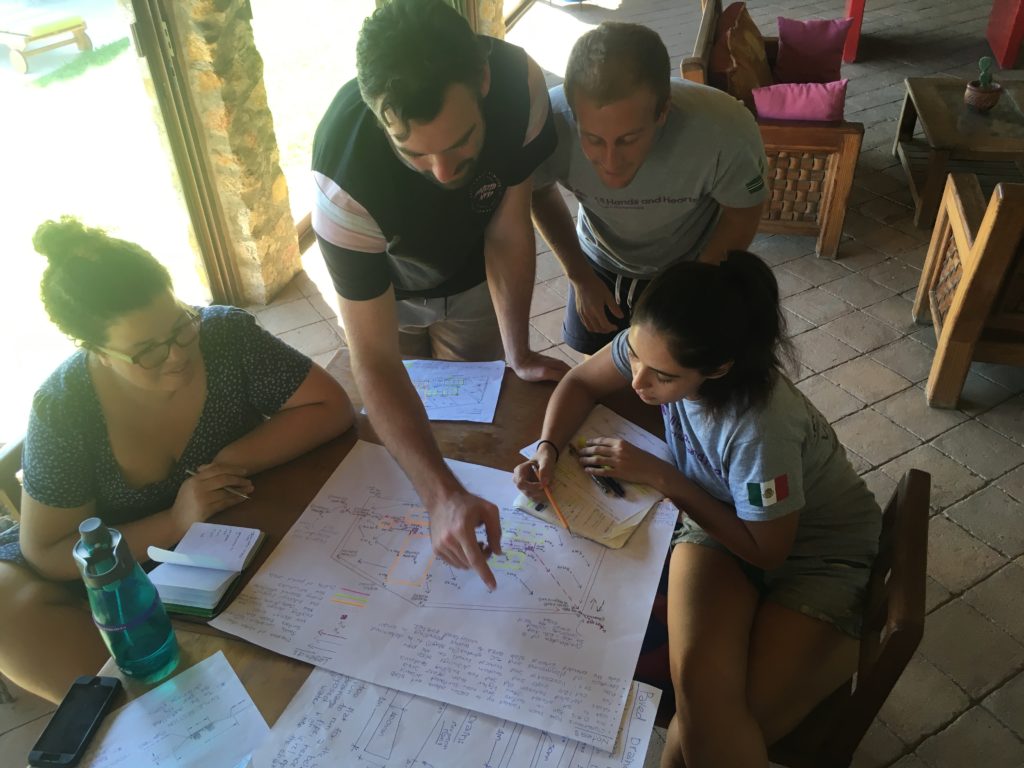
Phase II: Focused Assessments, Budgets and Internal Approval
After Phase I, we have a shortlist of schools and regions that need more focused assessment and proposed scopes of work. In some countries where we work, the government has pre-approved designs we can follow or adapt, and for others, the PDT creates custom disaster-resilient designs. In preparation for our 2020 Philippines program, the PDT spent Phase II examining two different design options: a traditional building design with concrete columns versus a lightweight design with steel frames. These two designs have very different advantages and weaknesses and implications on the construction timeline and budget. During this phase, the team plans weather events like the typhoon season, into our timeline to ensure the health and safety of our volunteers. The final design, timeline and budget are then reviewed and approved internally to prepare for the next phase.
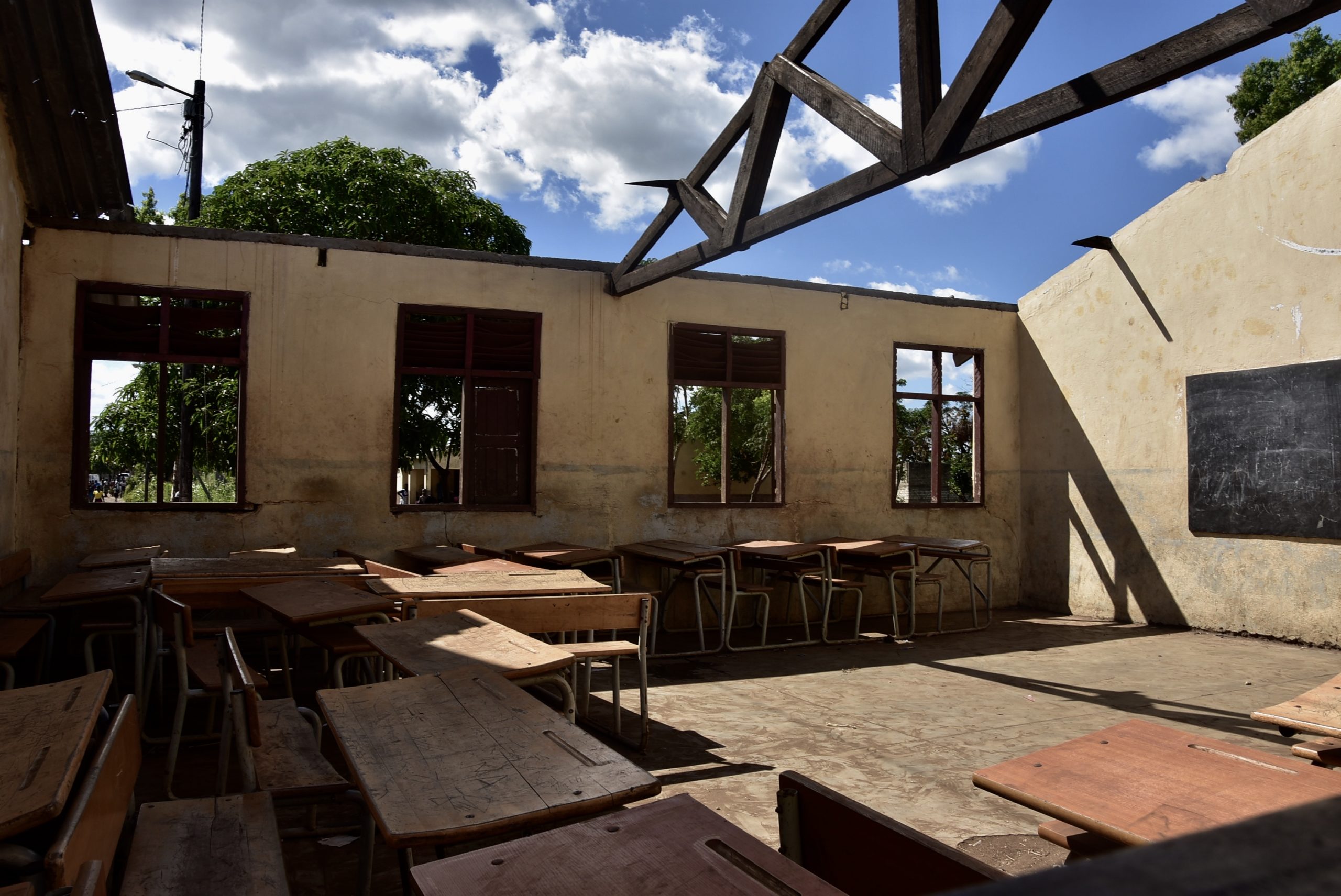
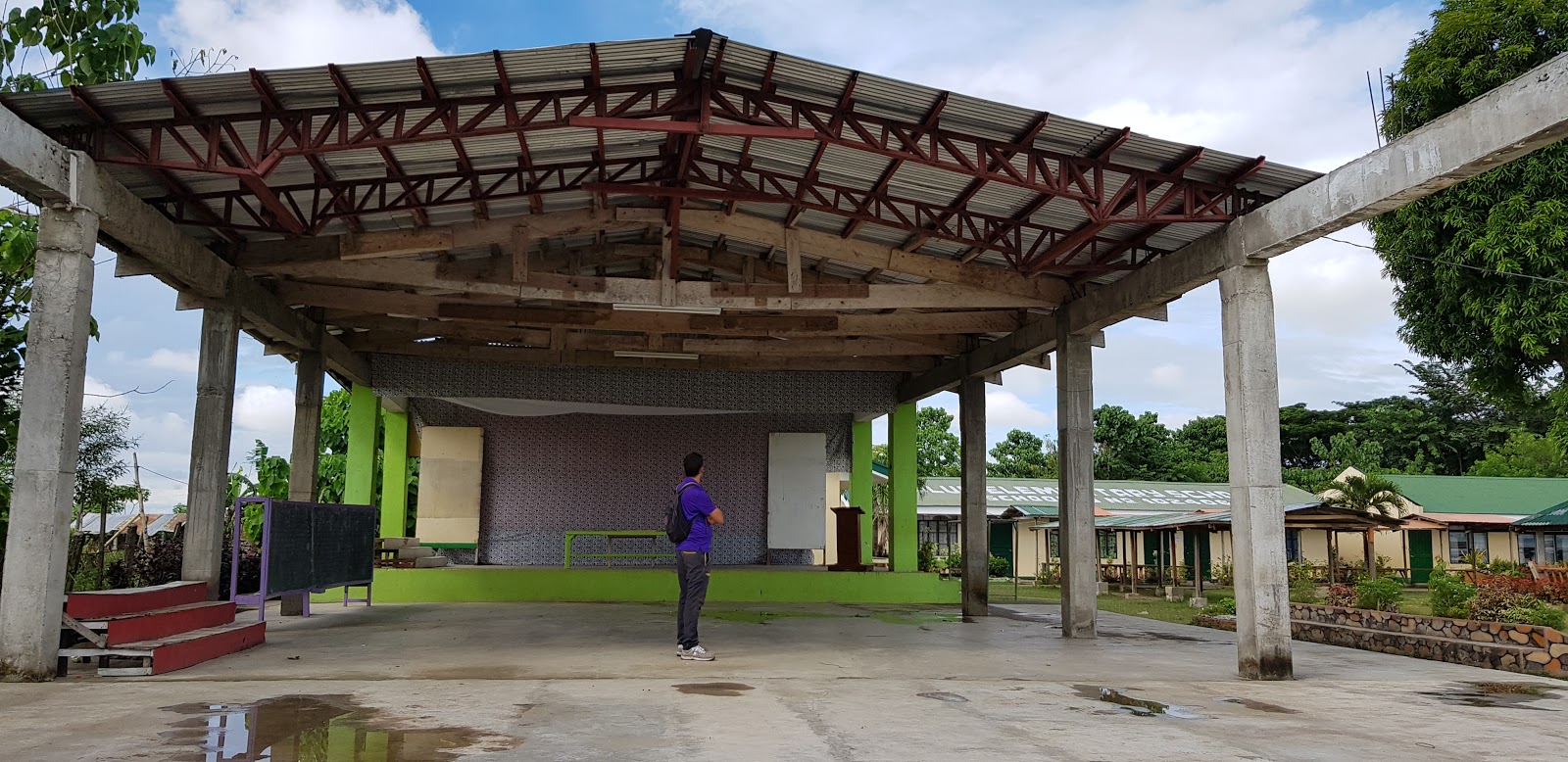
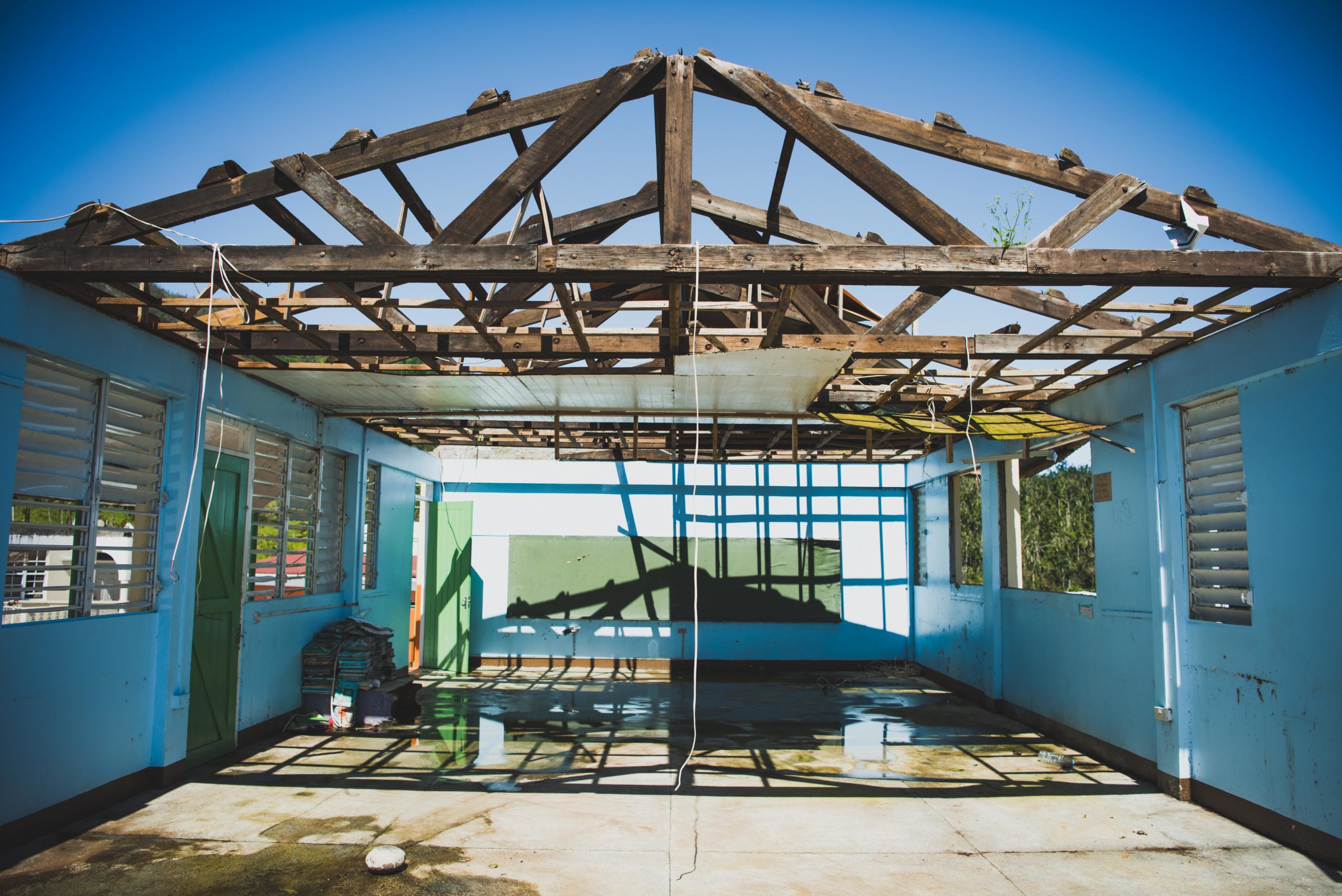
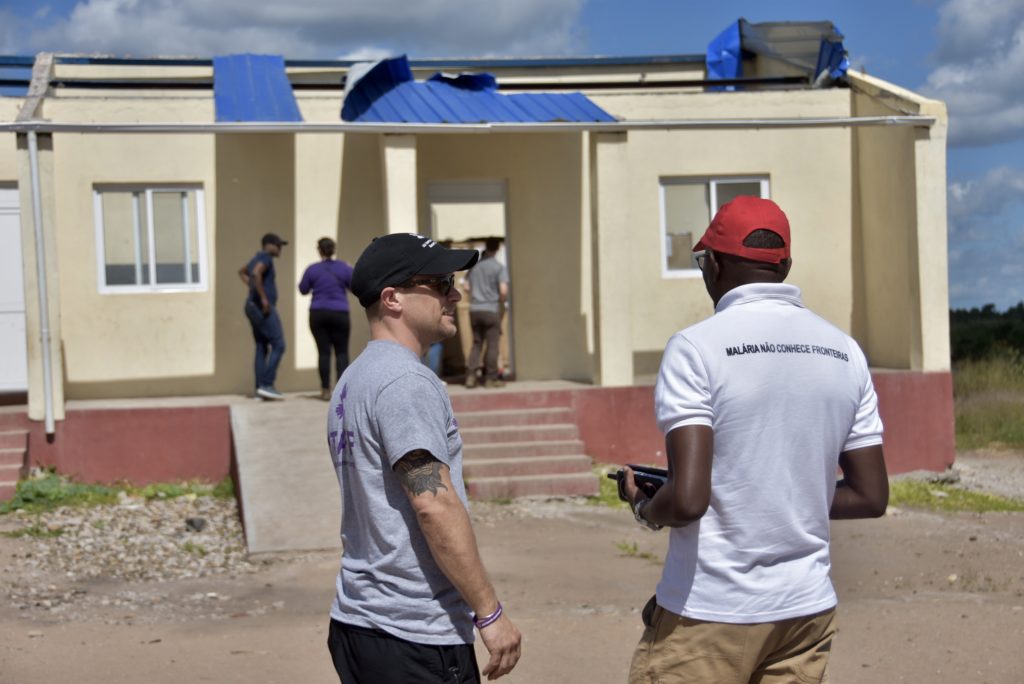
Phase III: Government Approval and Program Announcement
If the team has created a custom design, the design must be approved by the government. The PDT is responsible for submitting a master plan including technical drawings, topographical surveys and the budget. Depending on community needs, our design may also include water, sanitation and hygiene (WASH) facilities. While waiting for approval, the team continues to build relationships with local partners. In Nepal, for example, we work closely with Relief Nepal. These collaborations enable us to take a culturally sensitive approach to our work and ensure the longevity of our impact.
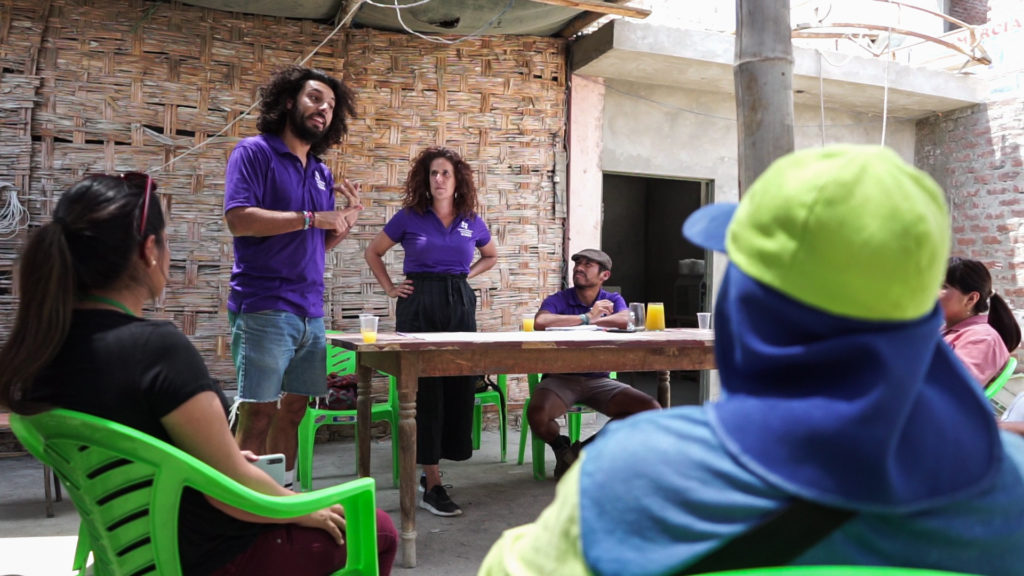
Phase IV: Program/Site Preparations and Handover to the Program Team
In this last phase, the PDT finalizes agreements with the government, run community meetings, secure a base and hire local staff. To facilitate discussions with local groups, the PDT employs a bilingual Community Coordinator from the host country to create an inclusive community advisory council with members from formal establishments as well as minority groups. In the past, the council has provided valuable insights into seasonality, local materials and sourcing and cultural considerations. When necessary, the PDT also oversees demolition and excavations to prepare the work site for construction ahead of the volunteers. The PDT overlaps with Program Teams to help smooth the transition during the first few weeks of a new program. Ultimately, the hard work of PDT sets the foundation for resilient infrastructures that are built to last.

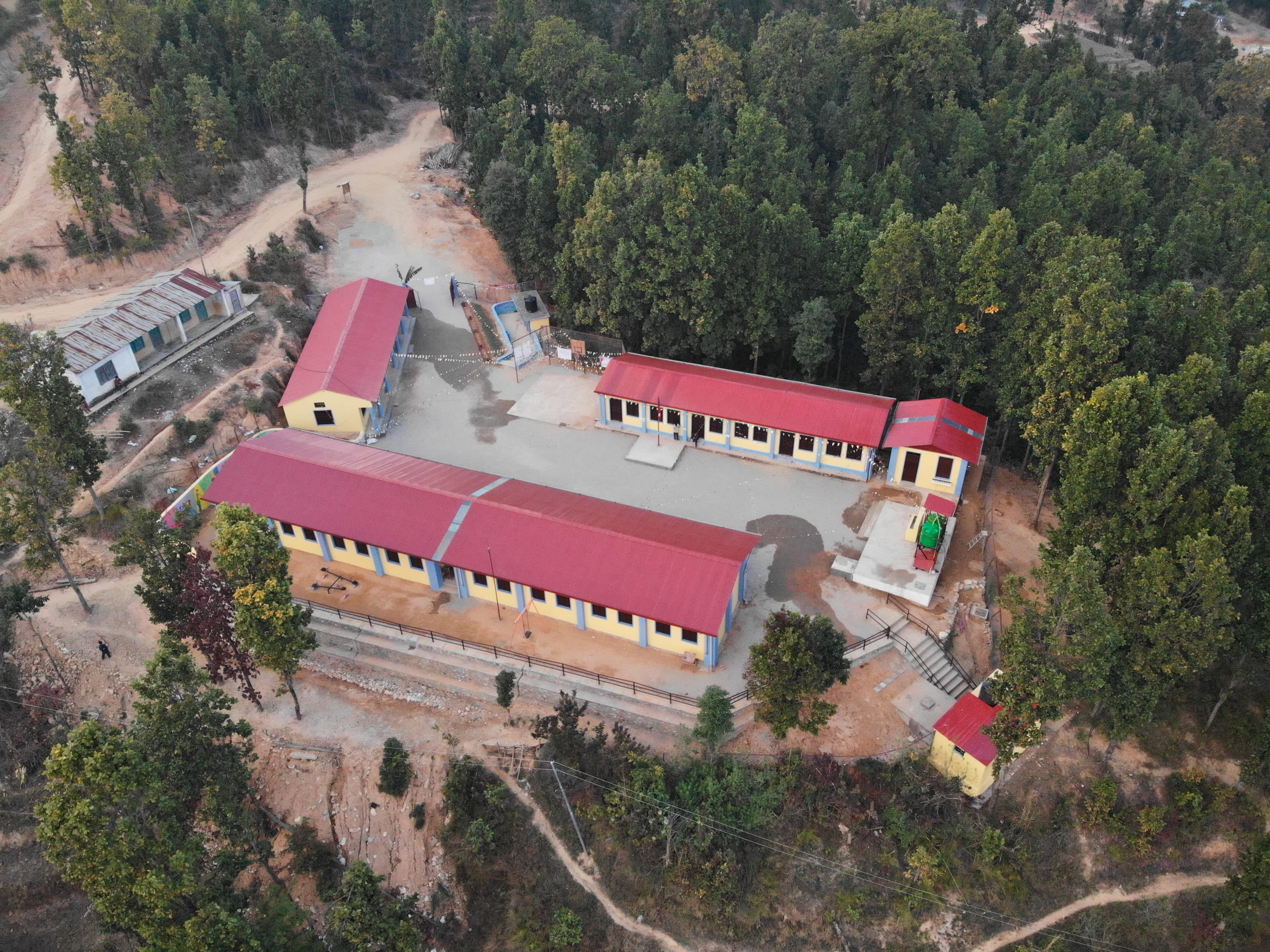
Take Action
If you’d like to learn more or have questions about the PDT process, email Lucia Strakova, Project Development Recovery Manager, at [email protected].
Become a disaster relief volunteer. With your help, we can provide a sustainable solution to communities in recovery.





